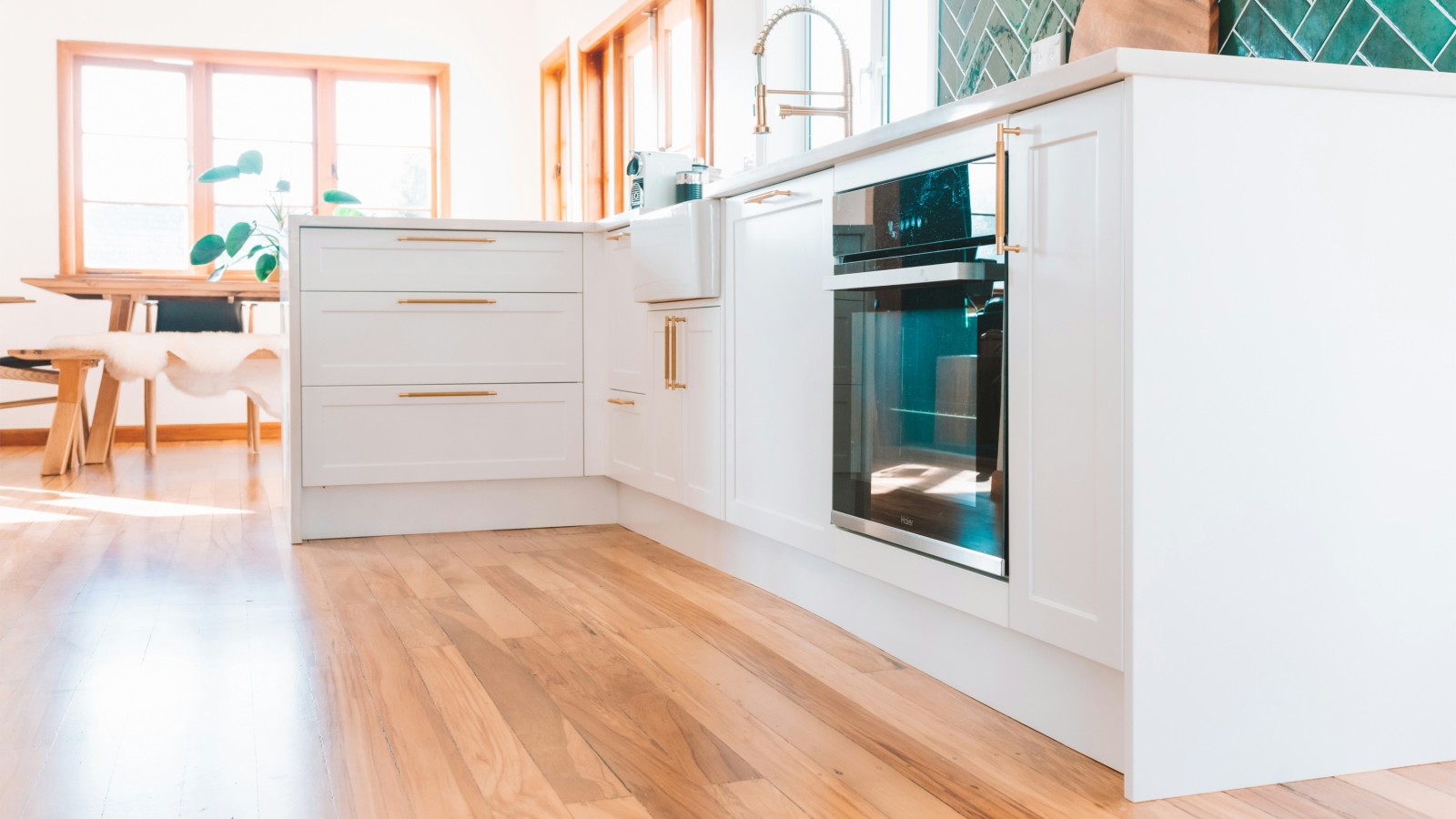MBIE have cited the Internal Wet Area Membranes Code of Practice (IWAM) (chapters 1-4) as E3/AS2.
Since the first publication back in July 2018, the WMAI has been receiving input from the industry, resulting in a number of small detail changes.
Re: Section 4.0.6 Extent of Wet Area Protection
Since the citing there has been some confusion around the extent of wet area protection required in a kitchen and laundry environment.
Section 4.0.6 Extent of Wet Area Protection – For Floors, states:
“For open plan spaces, extends a minimum of 1500mm from all water sources such as sinks and dishwashers and covers the floor area contained by wall upstands and water-stops located to suit the extent of tiling or other over-surface finishes to the floor.
WMAI recognises the lower risk factor that an on grade, concrete, kitchen and laundry floor substrate poses compared to a timber framed and multi-level substrate. To recognise this variable in our building construction process, and to satisfy the current requirements of E3 Internal Moisture and Acceptable Solution E3/AS2, WMAI have expanded the information currently published in the 5th Edition of the IWAM, March 2021, Section 4.0.6 to read as follows, with changes in bold:
4.0.6 Extent of Wet-area Protection
Protection of a wet area must be provided:
- To surfaces subject to intentional water flow such as the floors and walls of shower areas; and
- To the floors of spaces containing a sanitary fixture or sanitary appliance; and
- To wall surfaces adjacent to sanitary fixtures and sanitary appliances; and
- To floor and wall surfaces likely to be splashed or become contaminated.
Where a wet-area waterproof membrane system is used to achieve this protection, this Code of Practice requires it to form a continuous barrier which:
For floors:
- a) For enclosed rooms, covers the entire floor surface of the room and is contained by a water-stop at all edges where an upstand against a wall cannot be formed (such as at doorways into the room, at any floor-level windowsill; and
- b) Extends across the floor below wall-mounted fixtures, under sanitary fixtures such as baths and shower areas, under all sanitary appliances, and under all cabinetries.
- c) Provision must be made for an overflow within all plumbed cabinetry units separate to a floor waste to remove water from a plumbing failure to protect the cabinetry.
- d) For on grade concrete substrates only. A WPM system must extend under all plumbed cabinetry units and appliances and be contained with either a full perimeter water stop (see fig.1) or perimeter water stop and terminated 75mm at floor to wall junctions (see fig.2).
- e) For all timber substrates and for all multi-level dwellings a WPM system must extend a minimum of 1500mm from all water sources such as sinks and dishwashers and cover the floor area contained by wall upstands and water-stops located to suit the extent of tiling or other over-surface finishes to the floor.
The WMAI have provided the following sketch drawings to provide guidance on how to achieve the requirements of the above information. Please note, this information and these sketches relate to an on grade, concrete substrate only and are not to scale.

Fig.1 Showing full perimeter water stop.

Fig.2 Showing water stop and WPM vertical termination to wall 75mm.
For all timber and multi-level substrates that require a WPM system as defined in the IWAM Code of Practice and in E3/AS2, the current WPM system requirements remain.
We will include this new and amended information in all digital versions of the IWAM in due course and provide an A4 insert for hard copy versions.
The 6th edition of the IWAM Code of Practice is currently in draft review and the Association would like to invite feedback from the sector, pertaining to any additional information that may be deemed appropriate to enhance and improve the performance of this code of practice document.
The WMAI have three Code of Practice documents available to purchase via our secure website. Please visit www.wmai.org.nz.




























 Most Popular
Most Popular Popular Products
Popular Products


